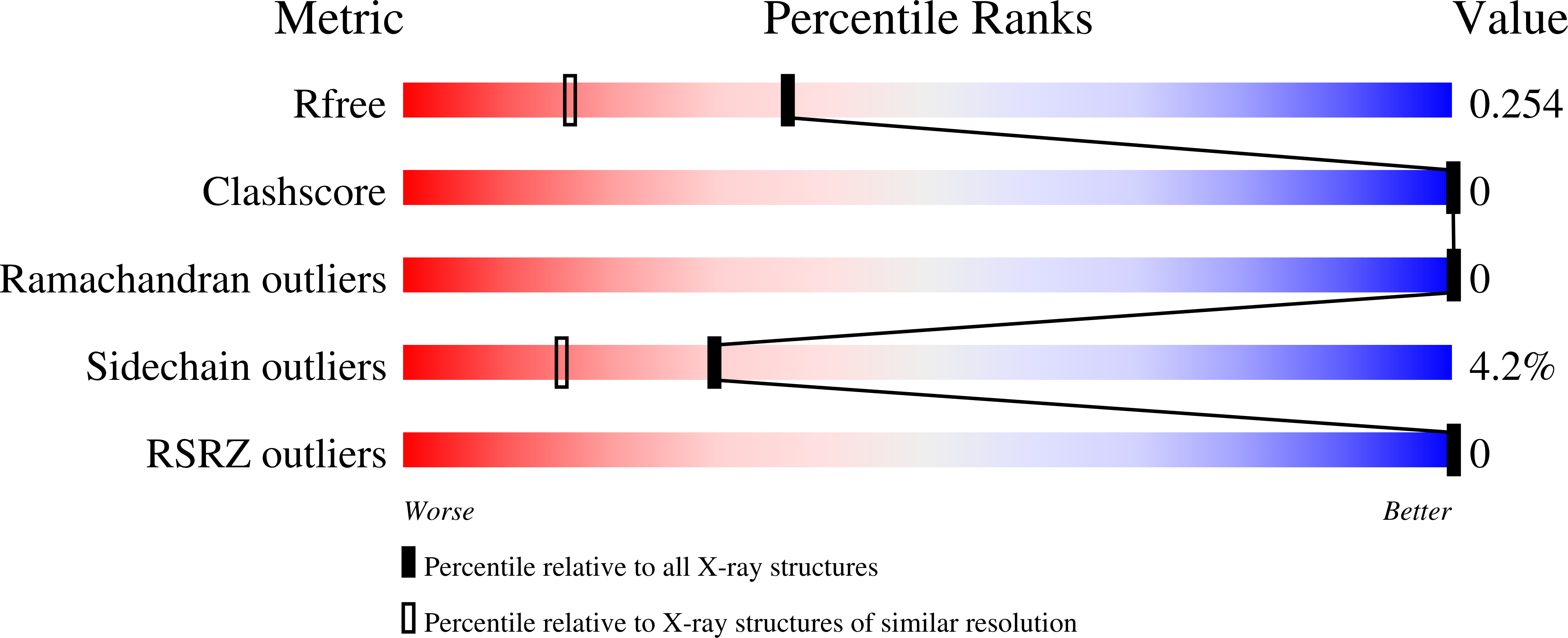Beta2-microglobulin forms three-dimensional domain-swapped amyloid fibrils with disulfide linkages.
Liu, C., Sawaya, M.R., Eisenberg, D.(2011) Nat Struct Mol Biol 18: 49-55
- PubMed: 21131979
- DOI: https://doi.org/10.1038/nsmb.1948
- Primary Citation of Related Structures:
3LOW, 3LOZ - PubMed Abstract:
β₂-microglobulin (β₂m) is the light chain of the type I major histocompatibility complex. It deposits as amyloid fibrils within joints during long-term hemodialysis treatment. Despite the devastating effects of dialysis-related amyloidosis, full understanding of how fibrils form from soluble β₂m remains elusive. Here we show that β₂m can oligomerize and fibrillize via three-dimensional domain swapping. Isolating a covalently bound, domain-swapped dimer from β₂m oligomers on the pathway to fibrils, we were able to determine its crystal structure. The hinge loop that connects the swapped domain to the core domain includes the fibrillizing segment LSFSKD, whose atomic structure we also determined. The LSFSKD structure reveals a class 5 steric zipper, akin to other amyloid spines. The structures of the dimer and the zipper spine fit well into an atomic model for this fibrillar form of β₂m, which assembles slowly under physiological conditions.
Organizational Affiliation:
University of California Los Angeles-United States Department of Energy Institute for Genomics and Proteomics, University of California, Los Angeles, Los Angeles, California, USA.


















